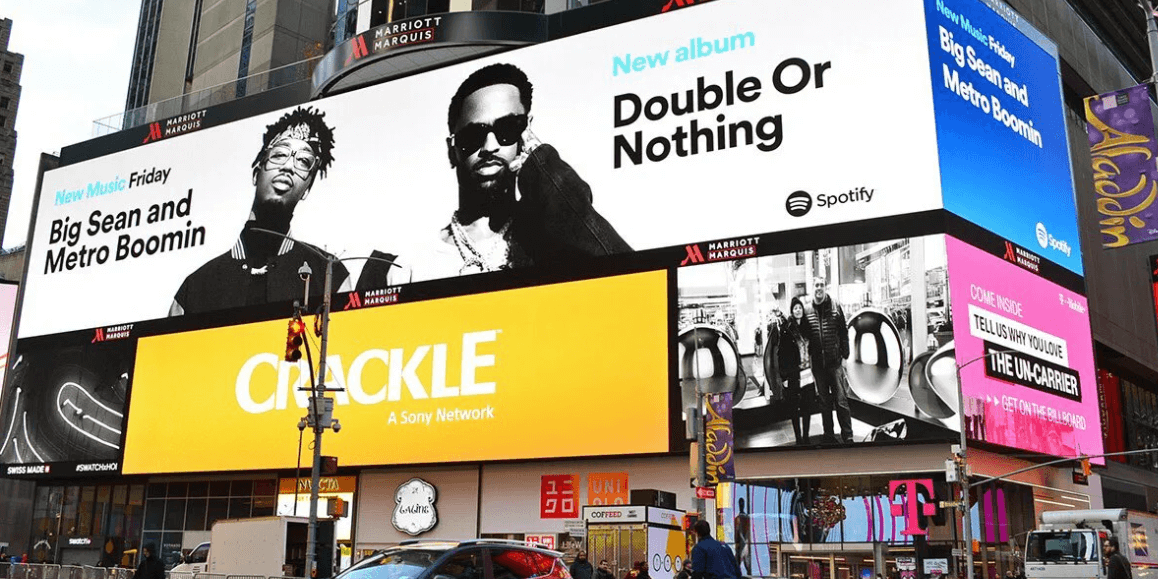Outdoor LED displays are ideal for outdoor advertising and information dissemination due to their excellent brightness and wide viewing angles. However, to fully utilize the effects of outdoor LED displays, you need to master some usage tips and methods. Here are some professional suggestions and tips to help users better use outdoor LED displays:
1. Ensure high brightness and high contrast
The outdoor environment has complex lighting conditions, so the display needs to have sufficient brightness to ensure clarity when viewed from a distance. Choose high-brightness LED lamp beads and adjust the appropriate contrast to ensure that the image is clearly visible under different lighting conditions.
2. Adapt to adverse weather conditions
Outdoor LED displays need to face various weather challenges, including rain, snow, high temperature, low temperature, etc. Therefore, the design of the display should have good waterproof, moisture-proof and corrosion-resistant properties. The circuit chip should be able to adapt to the working environment of -40℃ to 80℃ to ensure that the display can work normally in extreme climates.
3. Heat dissipation design
Outdoor LED displays generate a lot of heat when running, so effective heat dissipation design is essential. Here are some heat dissipation methods:
Filled with thermally conductive material to help transfer heat from the inside of the display to the outside.
Install heat dissipation devices, such as fans or liquid cooling systems, to enhance internal heat dissipation.
Aluminum heat sink fins are designed on the display housing to increase the heat dissipation area.
Utilize radiation heat dissipation to dissipate heat into the environment through the shell material.
Use air convection to dissipate heat and reasonably design the installation position of the display to facilitate air circulation.
4. Protection level
Choose an outdoor LED display with a high IP rating to ensure good waterproof and dustproof performance. The higher the IP rating, the better the display’s ability to adapt to bad weather.
5. Easy to maintain
Outdoor LED displays should be designed to be easy to maintain so that they can be quickly repaired when problems arise. This includes easy-to-replace modules, convenient front maintenance design, etc.
6. Intelligent Control
Adopting intelligent control system, the brightness of display screen can be adjusted automatically according to the ambient light to save energy and reduce light pollution.
7. Installation stability
Make sure the display is firmly installed to withstand the impact of natural forces such as strong winds. At the same time, regularly check the stability of the fixed structure to ensure the safety of the display.
8. Content Management
Arrange the playback content reasonably to avoid displaying too bright or too dark images for a long time to reduce the impact on the surrounding environment and the audience.
9. Energy saving considerations
Choose energy-saving LED displays, which usually have a higher energy efficiency ratio and can significantly reduce energy consumption in the long run.
10. Professional installation and commissioning
Installation and debugging are carried out by professionals to ensure the display effect and system stability of the display.
Through the above tips and methods, the performance and service life of the outdoor LED display can be ensured, while also improving the advertising effect and attracting more audience attention.


























